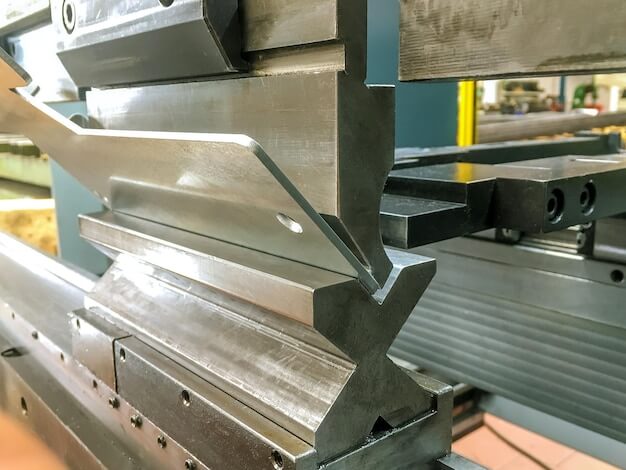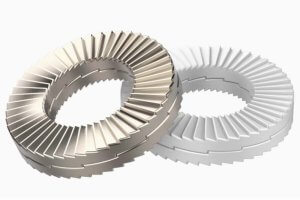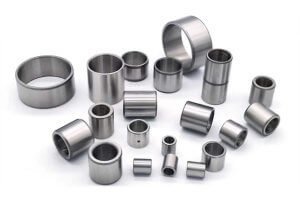Sheet metal fabrication stands as a crucial process within the electronics industry, instrumental in crafting a plethora of components that underpin electronic devices. This technique involves shaping and joining metal sheets into various configurations, catering to a wide array of applications ranging from basic brackets to intricate circuit board enclosures. The significance of sheet metal lies in its versatility and durability, essential qualities for safeguarding delicate electronic circuits from environmental factors and ensuring prolonged product lifespan. Fabricated metals serve as both structural frameworks and electromagnetic interference (EMI) shields in electronic assemblies, proving fundamental for device functionality and reliability.
Aluminum CNC Machining Service
Common Materials Used in Electronic Industry Sheet Metal Fabrication
In the domain of sheet metal fabrication for electronics, prevalent materials include:
- Aluminum: Lightweight yet robust, ideal for portable devices.
- Steel: Particularly stainless varieties, offering unmatched durability and corrosion resistance.
- Copper: Excellent thermal and electrical conductivity properties, essential for high-performance circuits and effective heat dissipation.
These metals’ inherent characteristics—aluminum’s malleability, steel’s toughness, and copper’s conductivity—underscore their ubiquity in crafting housings, chassis, and other vital parts within the electronics industry.
Essential Processes in Fabricating Sheet Metal for Electronics
Precision reigns supreme in sheet metal fabrication tailored for the electronics industry. Essential processes include:
- Cutting techniques: Laser cutting delivers exceptional accuracy crucial for intricate electronic components.
- Forming processes: Bending, stamping, and punching shape the metal to create the desired part geometries.
- Joining practices: Welding, screwing, and riveting solidify the structure, ensuring reliability in electronic devices.
Design Considerations for Sheet Metal Parts in Electronics
In the electronics realm, the precision of fabricated sheet metal parts is paramount. Design considerations include:
- Size accuracy and tolerance levels: Crucial for preventing malfunctions or assembly issues within electronic devices.
- Heat dissipation: Proper ventilation through design prevents electronic components from overheating.
- Balancing aesthetics and functionality: Delicate balance ensuring proper thermal management and signal integrity without compromising product appearance.
Prototyping to Production – A Critical Transition
Rapid prototyping is pivotal for verifying electronic component designs before mass production. This phase allows designers to:
- Test functionalities and assess structural integrity.
- Ensure compatibility with other parts within an electronic device.
Transitioning from prototype to full-scale production requires meticulous planning to enhance manufacturing efficiency while maintaining product quality. This often involves refining designs for easier assembly or optimizing material usage. By carefully scaling up from prototypes to large volumes, companies minimize waste, reduce costs, and streamline their supply chain—a crucial aspect of success in the fiercely competitive electronics industry. Fewer iterations during this scaling step further reduce time-to-market for new and innovative products.
Other Articles You Might Enjoy
- Tips on Minimizing The Cost of Sheet Metal Fabrication
Sheet metal fabrication refers to a variety of manufacturing processes that are used to create sheet metal. We can use multiple processes, including bending, punching, and welding, to create intricate…
- Sheet Metal Fabrication for Automotive Industry
Introduction to Sheet Metal Fabrication in the Automotive Industry Sheet metal fabrication is a cornerstone process in the automotive industry, essential for constructing vehicle frames, bodies, and components. It involves…
- High-Density Polyethylene (HDPE) vs. PVC: Which is Better for CNC Fabricated Parts?
Introduction to CNC Fabrication and the Role of HDPE and PVC CNC fabrication is a technologically advanced process utilized in various industries for producing high-precision parts and components. The method…









